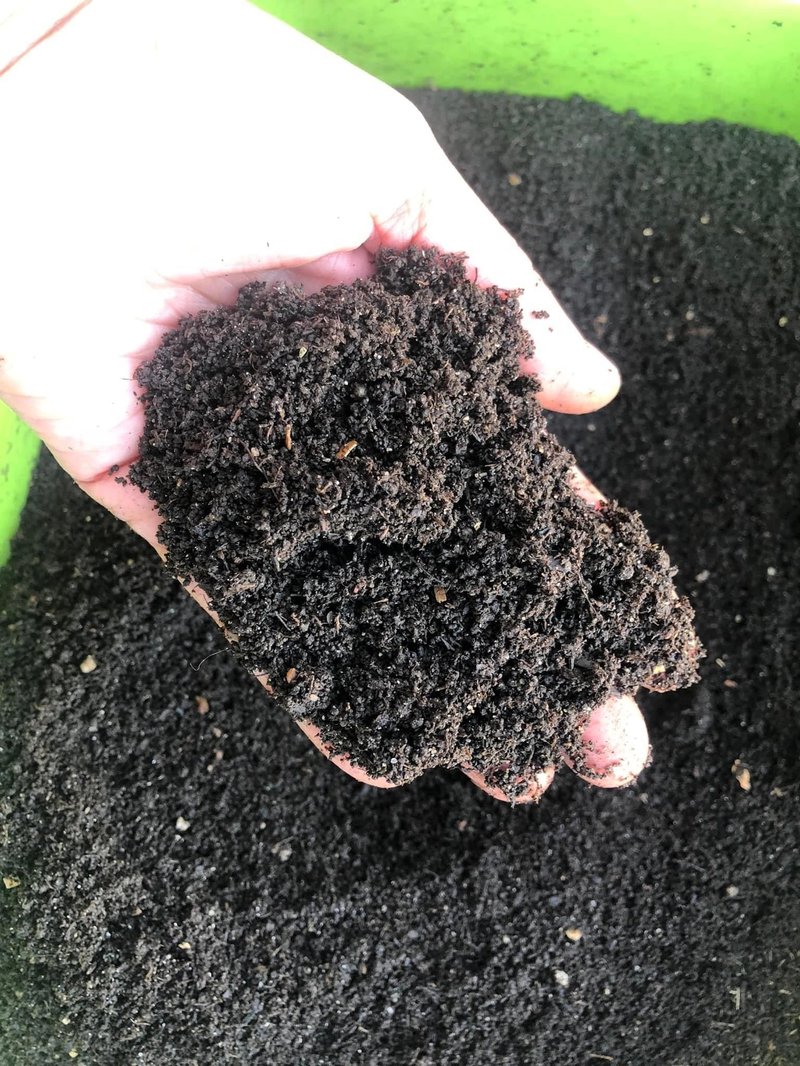
Glow worms, primarily the larvae of certain beetles, are not just a magical sight; they play a crucial role in their ecosystems. They create their light using a chemical reaction, attracting prey and potential mates. But with our cities expanding and nature shrinking, can these enchanting creatures find a home in the concrete jungle? Let’s dive into the life of glow worms and explore if urban parks can be a thriving habitat for them.
Understanding Glow Worms: The Basics
Glow worms, specifically the species *Lampyris noctiluca*, are often misunderstood. They’re not actually worms but rather larvae of a type of firefly. These glow worms emit light through a process called bioluminescence. The light they produce serves a couple of vital purposes: it lures in prey like small insects and also attracts mates.
You might be wondering how bright these little guys can be. In optimal conditions, a single glow worm can emit light strong enough to be seen from several feet away. Their light is a soft, bluish glow and can create an almost otherworldly atmosphere in dark environments.
One of the most enchanting things about glow worms is their life cycle. They spend most of their lives in their larval stage, sometimes up to a year. Once they mature, they’ll eventually transform into adult fireflies but only live for a brief period—usually just long enough to reproduce.
The Urban Environment: Challenges and Opportunities
Urban parks, like any ecosystem, come with their own set of challenges and perks for glow worms. Think of it this way: just like any of us adapting to a new city, glow worms must navigate a world built on concrete and filled with streetlights.
For one, light pollution is a significant hurdle. Glow worms rely on darkness to thrive and mate. The brightness of city lights can confuse them, making it difficult for them to find partners or prey. Additionally, pollution—both light and air—can affect their health and the quality of their habitat.
But it’s not all doom and gloom! Urban parks often have pockets of greenery that can offer a refuge. If properly managed, these parks can provide essential food sources, like dead leaves and plant material, which glow worm larvae need to survive.
Creating Suitable Habitats in Urban Parks
So, how can urban parks become glow worm-friendly? It starts with creating environments that mimic their natural habitats, usually found in damp, dark areas. Here are some ways to encourage their presence:
- Minimize Light Pollution: Reducing bright lights near known glow worm habitats can significantly help. Using low-intensity lighting or motion sensors can keep areas dark at night.
- Plant Native Vegetation: Native plants provide the necessary food and shelter for glow worms. Their larvae feed on dead plant matter, so maintaining a natural litter layer is crucial.
- Manage Water Flow: Glow worms thrive in moist environments, so creating or preserving damp areas in parks can be beneficial. This could involve keeping certain areas shaded and retaining natural water sources.
Creating these suitable habitats doesn’t just help glow worms—it can also enrich the park ecosystem as a whole. Having diverse flora and fauna attracts more wildlife, which ultimately benefits the entire community.
Community Involvement: The Role of Citizens
When it comes to fostering glow worm populations in urban parks, community involvement is key. Local residents can play an essential role in transforming these areas into glow worm havens.
One way communities can help is through awareness campaigns. Educating the public about glow worms—why they matter and how to protect them—can spark interest and inspire action. Engaging activities, like glow worm walks or guided tours at dusk, can draw attention to these creatures and encourage people to appreciate them.
Moreover, organizing park clean-ups and habitat restoration events can ensure that local wildlife, including glow worms, thrives. When residents come together to improve their natural spaces, everyone benefits—including our glowing friends!
Success Stories and Examples
There have been some success stories around the world where cities and communities have worked to create havens for glow worms. For instance, in New Zealand, certain parks have undergone projects to restore natural habitats, leading to a resurgence in glow worm populations.
Similarly, in urban areas of Australia, glow worm habitats have been introduced into local parks. These projects have brought awareness to the importance of biodiversity in urban settings and have educated residents about how even small changes can make a big difference.
These examples show that with a dedicated effort, glow worms can not only survive but thrive in urban parks.
The Future of Glow Worms in Urban Parks
As cities expand, the future of wildlife in urban areas—including glow worms—depends on our willingness to adapt and change. Parks can serve as vital green spaces that not only offer recreation but also support wildlife.
With more initiatives aimed at reducing light pollution, preserving native vegetation, and encouraging community engagement, there’s hope for glow worms in urban settings. They may be small, but these creatures are essential indicators of environmental health. If they can thrive, it’s a good sign for the entire ecosystem.
Let’s keep the conversation going about how we can make our urban parks friendly for glow worms and other wildlife. By working together and taking small steps, we can create spaces where both people and glow worms can coexist harmoniously.
In conclusion, glow worms bring a touch of magic to nature, even in urban parks. While they face challenges in adapting to city life, thoughtful planning and community involvement can foster environments where they thrive. Remember, every small effort counts, and who knows? You might just find yourself enchanted by the glow of these little wonders next time you visit your local park!

